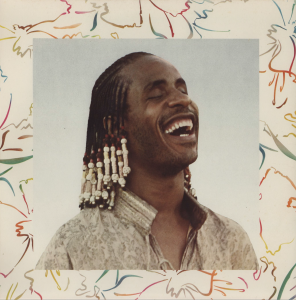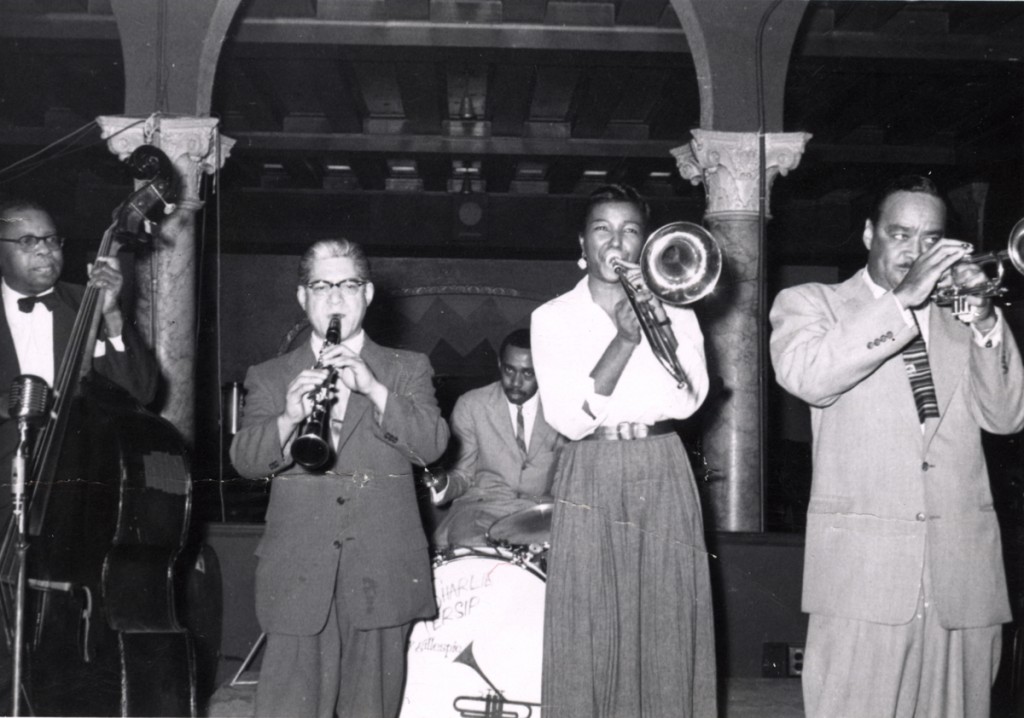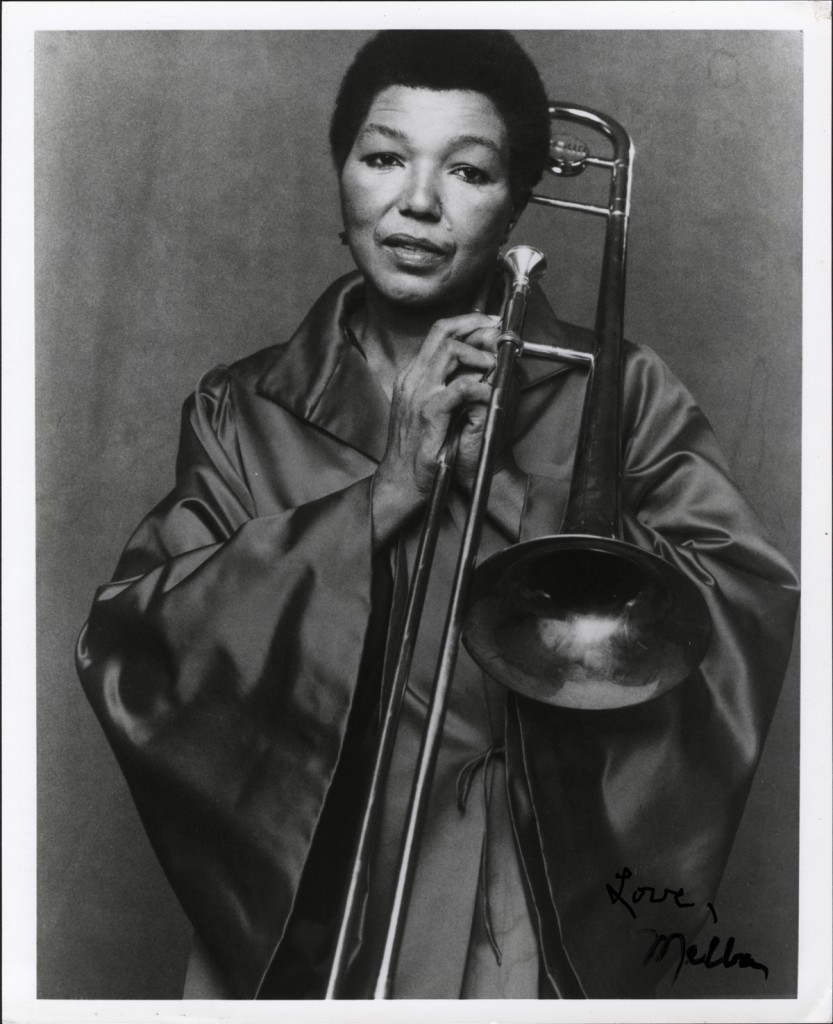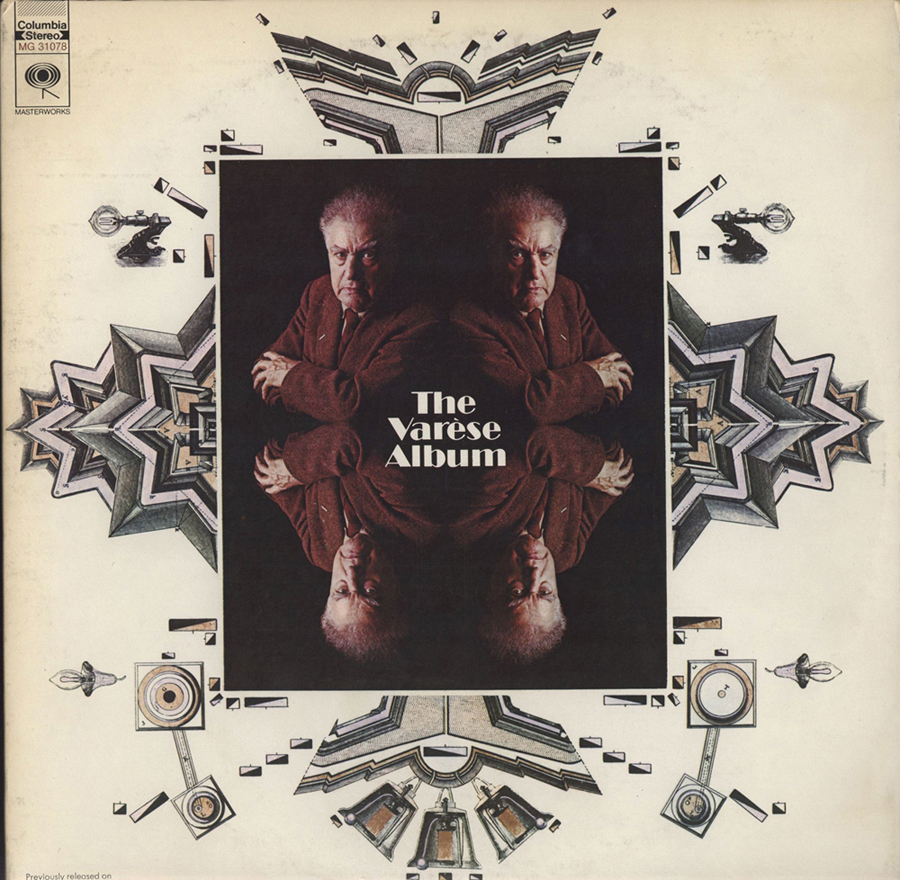Staff Picks: Stevie Wonder, Journey Through the Secret Life of Plants (1979).
 Here’s a formula for a hit record: provide a second-by-second description of an obscure film adaptation of a book about plants to a blind man and ask him to create a mostly instrumental double-album soundtrack.
Here’s a formula for a hit record: provide a second-by-second description of an obscure film adaptation of a book about plants to a blind man and ask him to create a mostly instrumental double-album soundtrack.
Well, Motown wasn’t too jazzed about this idea either.
From 1971 to 1976 Stevie Wonder produced a string of six records that were each huge commercial successes and bold artistic leaps forward for R&B and pop music, in general. Following this “classic era,” Stevie took a three year hiatus (the longest of his illustrious career), and by 1979, his fans were clamoring for a follow-up to 1976’s brilliant “Songs in the Key of Life”. In October of 1979, Stevie finally released a double-LP soundtrack titled “Journey Through the Secret Life of Plants.” Riding the wave of his previous successes and the long wait for a new record, ‘Journey’ debuted at number four on Billboard, but due to the film’s limited release and the initial negative reaction from critics, it quickly plummeted off the charts, making it one of Stevie’s least commercially successful records of his career.
Since that time, however, this surprising and experimental record has gone on to become somewhat of a cult classic among Stevie fans. In his recent memoir Mo Meta Blues Roots drummer and ubiquitous afro sporter ?uestlove calls ‘Journey’ “[his] Dark Side of the Moon, [his] psychedelic masterpiece.” And, in a 2004 interview, when asked to list the three albums that most represent him, Stevie listed “Songs in the Key of Life,” “Journey Through the Secret Life of Plants” and a tossup between “Talking Book” and “Innervisions.”
The album begins with an instrumental track  titled ‘Earth’s Creation’, an eerie sonic approximation of primordial earth’s beginnings that sounds like electric clouds circling above a pool of lava. On track two, ‘The First Garden,’ Stevie’s familiar harmonica provides a sweet melodic interpretation of the blooming of the earth’s first plants. And things get weirder from there. In “Venus Fly Trap and the Bug” a slightly terrifying robot voice narrates the perspective of a bug being tricked and devoured by a plant. Other tracks include screaming children, Japanese poetry, thunder claps and rain sounds, random crowd noise, orchestral strings over proto-Prince disco grooves, and lots of not-quite-placeable synthesizer sounds. Perhaps my favorite track is the sentimental Side 3 closer about being reincarnated as a flower, “Come Back As a Flower” which features lead vocals by Stevie’s one time wife and long time collaborator Syreeta Wright. At Motown’s nervous request, Stevie did end up including more pop friendly songs like the catchy and sweet ballad “Send One Your Love” and the traditional-Stevie-sounding ‘Outside My Window.’
titled ‘Earth’s Creation’, an eerie sonic approximation of primordial earth’s beginnings that sounds like electric clouds circling above a pool of lava. On track two, ‘The First Garden,’ Stevie’s familiar harmonica provides a sweet melodic interpretation of the blooming of the earth’s first plants. And things get weirder from there. In “Venus Fly Trap and the Bug” a slightly terrifying robot voice narrates the perspective of a bug being tricked and devoured by a plant. Other tracks include screaming children, Japanese poetry, thunder claps and rain sounds, random crowd noise, orchestral strings over proto-Prince disco grooves, and lots of not-quite-placeable synthesizer sounds. Perhaps my favorite track is the sentimental Side 3 closer about being reincarnated as a flower, “Come Back As a Flower” which features lead vocals by Stevie’s one time wife and long time collaborator Syreeta Wright. At Motown’s nervous request, Stevie did end up including more pop friendly songs like the catchy and sweet ballad “Send One Your Love” and the traditional-Stevie-sounding ‘Outside My Window.’
Aside from its experimental edge and poor commercial performance, the album is notable for a few other reasons, as well. The album’s cover included the title and artist printed in braille along the bottom and in the original pressings, the inside of the cover was sprayed with a flower scented perfume (still faintly detectable in one of the archive’s copies), until it was discovered to be eating away at the vinyl records. Many consider ‘Journey’ to be one of the first New Age albums and truly if Stevie Wonder’s name wasn’t printed at the top, the cover would look right at home next to some crystals and incense at your local New Age gift shop. ‘Journey’ also features the first use of the Computer Music Melodian, a digital sampling synthesizer, and is one of the earliest known albums recorded entirely digitally.
Here’s the charming music video for the album’s title track:
I’ve loved Stevie Wonder since I was a toddler blaring Oldies 95 on the kitchen radio and jumping around to ‘Uptight’. And as I’ve been exposed to more and more Stevie over the years, I keep uncovering deeper levels to his genius. Starting with the poppy radio hits and then delving into the classic album cuts from ‘Music of My Mind’ to ‘Innervisions’ and ‘Songs in The Key of Life’, Stevie seems to have an answer for every mood, every passing feeling. At the suggestion of a friend, I only recently discovered this classic weird Stevie album and now, finally, I have Stevie’s answer for when I feel like just another carbon-based, multi-cellular organism.
UMKC students and staff can listen to the entire album for free on the American Song Database. Give it a listen!
Like this:
Like Loading...




















